Many people selling goods and services online are not using effective email marketing strategies in 2018. Or worse, are not using any form of email marketing at all to keep in touch with their visitors.
Doing email marketing the wrong way can also lead to unhappy subscribers who then unsubscribe from your mailing list.
Whether you’re an affiliate marketer trying to establish yourself online, or you’re an existing branded business, you need to understand where email marketing and list building fits within your business.
So in this post, I’m going to go over some of the best email marketing trends and strategies for 2018.
1. Why Email Marketing Is Important For Any Business

What is the best kind of business you can have? It’s repeat business – the same customers coming back to you time and again because they like what you have to offer.
In the real world, that sort of business is done face-to-face. Online, things are a lot more impersonal and anonymous.
Email marketing gives online businesses a way to communicate with the same people over and over.
And, if you’re just a lone affiliate marketer, you still need to think of what you’re doing online as a business and not a hobby. Not if you want to be successful, anyway.
If you think of a traditional store, people wander in and out looking at the goods on offer. A few may buy but most will move on to the next store. So how does a store owner get people to come back and see new items in stock or alert them to sales?
They could leave flyers on the counter that a customer can pick up. If they’re more proactive, they might have someone at the exit handing out flyers or catalogs.
They could engage in conversation with store visitors to find out what people would really like to see in the store.
Email marketing provides the equivalent of that in the largely anonymous online world.
By collecting email addresses, you have the ability to reach out and talk to your subscribers for months; maybe even for years.
But what you say to them, how you speak to them and how often all have a role to play in how long those people will remain your subscribers.
One very common email marketing mistake is to start sending a ton of offers to subscribers once they sign up. Without realizing it, you’re actually spamming your subscribers. Put yourself in their shoes. Would you want to stay on such a mailing list?
If you’re new to email marketing, here is the process of building a list at its simplest:
- Someone comes to visit your website
- You present them with an offer to join your mailing list
- If they sign up, you now have the ability to communicate with them whenever you want
- Build a relationship with your subscribers – make them see you as a real person
- Build a good relationship and you have the potential to make money from them for life
It’s not rocket science. It’s about giving people value and respect and reaping the rewards from that.
Email marketing can become a lot more complex and, as with most things, the more complex they are, the more likely they are to break.
So start simple.
2. Treat Your Subscribers With Respect And Build Trust With Them

In 2018, building trust with your subscribers is key. Mailing lists are two-a-penny. Many abuse their subscribers by spamming them, even unintentionally.
So how do you differentiate yourself from all the other email marketers out there?
By building trust with your audience. One simple way you can do that is to speak to them rather than at them.
You need to let them know something of who you are. They’ll never trust some faceless entity or just some smiling photo that could have been bought from a stock photo agency. They need to get to know you before they’ll trust you. You wouldn’t expect anything different in the offline world, would you? So why should the online world be any different?
Without that long-term relationship and ongoing engagement, you are simply not going to generate much revenue.
Apparently, businesses find it is six times harder to acquire a new customer than it is to retain an existing one. It’s the same for your mailing list subscribers.
If you’ve got someone’s trust and they feel they know you, it’s much, much easier to recommend products and services to them, again and again, and generate ongoing income. If you treat your subscribers well, a single one of them could potentially generate thousands of dollars for you.
Never lose sight of the fact that you are dealing with real people. Treat them with respect and you’ll get the same in return.
This is the most important email marketing strategy I can give you.
3. Give Your Subscribers Value
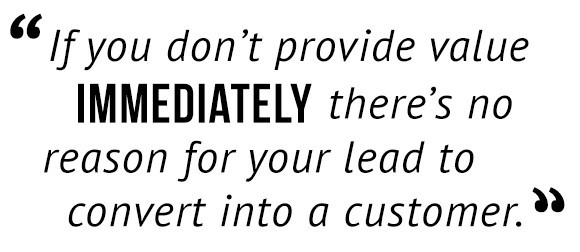
There’s little value in an email about the latest tool, product or service. Yeah, it might be a great product but if every email you send is in a similar vein, how many of those products do you realistically think your subscribers will buy?
They’ll just get tired of the incessant plugs for yet more new stuff for them to buy, and then unsubscribe from your list.
A far better approach is to provide real value to your list. The best way to do this, and gain your subscribers’ respect in return, is to send out emails with valuable information 3-5 times more often than you send out promotional emails.
If you keep up this 3:1 to 5:1 value:promotional email strategy, your subscribers will see your promotional emails as coming from a friend rather than an email marketer. Your recommendation will carry far more weight and your subscriber will be more likely to consider the offer and potentially buy.
While trust takes time to build, it can be broken in an instant. If you try to sell your audience something you don’t use yourself or something you don’t really believe in, they’ll see right through you.
And, if they don’t, but they end up buying some truly awful product on your recommendation, well…your trust level with them is pretty much bust.
If you get a bad reputation because of some questionable marketing tactics, word-of-mouth will spread that news further than you can imagine. It’s not worth it.
Be ethical in your marketing. Treat every email you send as if it were your last. Because it could very well be if you get things wrong and your audience starts unsubscribing.
4. Don’t Start With An Email Marketing Funnel
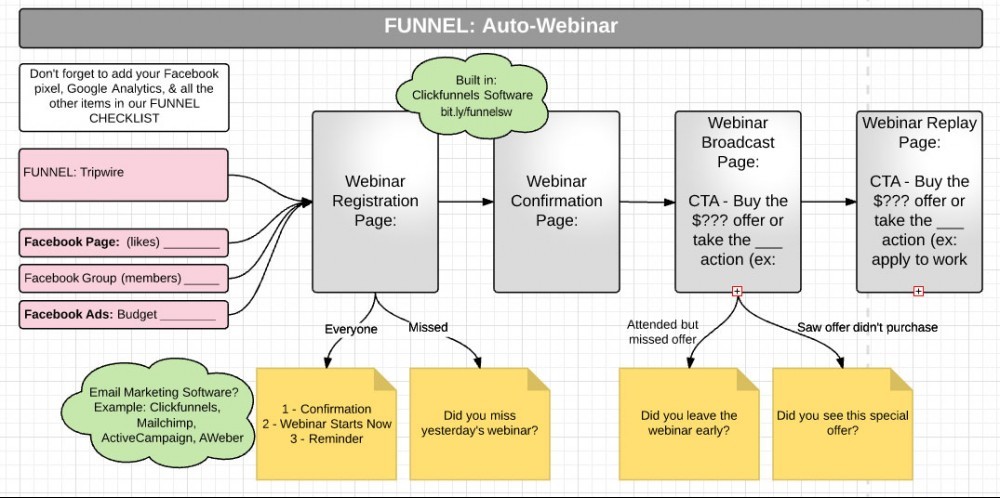
In the early days of email marketing, all marketers were interested in doing was getting people onto a single email list.
Things are more sophisticated these days. The email marketing funnel made its appearance a few years back.
Here, the idea is that your subscribers get moved to different email lists depending on what they do or don’t do in reaction to the emails you send out.
It’s a way of segregating your subscribers, who come in through a single squeeze page, into different lists that more tightly match their particular interests.
There are a lot of courses, products and services out there for email funnels and many high-ticket courses push the idea of designing and building your email funnel first, before you even think about driving traffic to it.
That’s a backwards approach. If you don’t know you can drive traffic to a squeeze page or landing page with some expectation that it will convert into subscribers, then what’s the point in putting in the effort in building a funnel?
So drive traffic first. If your squeeze page converts, only then should you think about segregating your subscribers by creating a funnel.
Makes sense, doesn’t it?
The funnel-first strategy should only be used by people who fully understand their audience from the outset. That is, you have to know your niche inside-out, what type of people you want to join your list and how you’re going to deal with their preferences. Marketing pros can do this. Newbies can’t.
The other issue is the cost of these email marketing funnel tools and services. They typically cost anywhere from $99 per month to $249 per month. Far too big an expense for someone starting out, despite what they may have been told.
If you start out with an email marketing funnel, you could end up losing a sizable amount of money before the penny drops and you realize you really don’t know what you’re doing.
Then there’s cost of buying clicks with Facebook Ads or other Pay Per Click services, assuming you don’t want to rely solely on organic traffic (traffic from the search engines).
It’s hard to pin down the actual cost to add a subscriber to a list, but it’s somewhere in the $0.50 – $2.00 range. This isn’t the cost per ad click which might be just a few cents. It’s how many clicks you have to pay for before someone actually follows through from your ad and subscribes to your list.
Anything over $2.00 per subscriber and you’re probably paying too much. Though it depends on the niche you’re in.
Forget about advertising funnel pages on Bing Ads or Google Adwords too. They don’t accept them. Any ads you create promoting pages built with these services will be disapproved. Become a repeat offender and you risk having your ad account terminated. And that’s not good for business!
So the way forward is to establish your brand. Build your online presence and let people get to know you. Concentrate on driving traffic to your squeeze pages. You can build simple squeeze pages using your autoresponder service (I mini-review several in this post) or with a dedicated landing page builder such as Landing Page Monkey (reviewed here).
Once you have your conversion data and you really start to understand your niche, then you can think about adding an email marketing funnel into the mix and the additional fees that go along with that.
5. Learn When To Use Data Segmentation
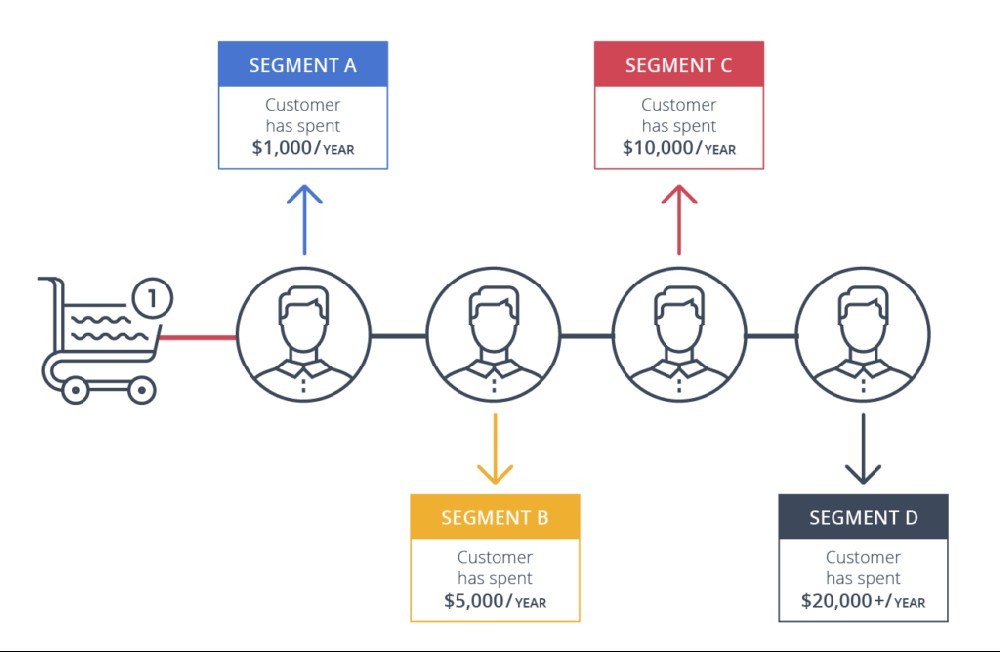 Email subscribers are not all equal. Some are tire-kickers just looking for some freebies. Some are action-takers who are genuinely interested in your advice, knowledge and recommendations.
Email subscribers are not all equal. Some are tire-kickers just looking for some freebies. Some are action-takers who are genuinely interested in your advice, knowledge and recommendations.
There are now quite a few tools you can use to categorize your subscribers based on the actions they take with your emails.
This “data segmentation”, as it’s called, is becoming more important as time goes by and the top autoresponder services are now trying to simplify the whole segmentation process for their users by including tools directly within their platforms.
To give you a better idea of how segmentation works and why you should keep it in mind, here are a few examples of how it’s used in mailing lists:
- If a subscriber clicks a particular link in an email, add them to a new list
- If they buy a recommended product through an email link, move them to another list
- If they visit a page from a link in an email, add them to a different list
- If they follow through on any actionable behavior, add them to a different list
By implementing such segmentation rules you can organize your subscribers into different lists that you can personalize and you can send them offers that they’re more likely to respond to. It’s the sniper rather than the shotgun approach.
In the year ahead, understanding your subscriber data, and the availability of tools that lets you leverage that information, will become more and more important and allow you to become much more sophisticated in how you manage your email lists.
I think that some of the longer established autoresponder services are going to face some difficulties here as they’re not moving fast enough in the development of their tools. Other, newer, services may very well supplant some of these older businesses.
6. Understand Your Delivery Rates
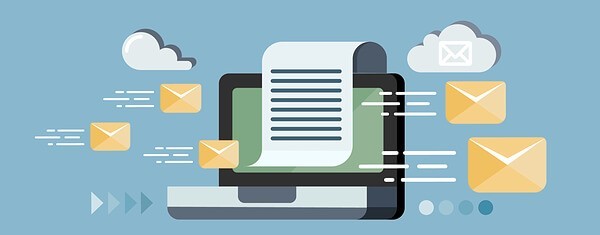
Most of the autoresponder services advertise a 99% delivery rate for the emails they send on your behalf. However, that’s not actually true.
That 99% figure is the send rate, not the delivered rate. Internet Service Providers (including Google Mail) have filters to detect what they deem to be spam. In some cases, such mail gets redirected to the recipient’s Spam folder where they may or may not see it. In other cases, the email is stopped by the ISP and is never delivered to the recipient.
If an email list owner abuses an email system by sending out huge numbers of spam emails, the IP address of the sending server can then be blocked by ISPs, preventing any mail sent from it, spam or not, from being delivered.
If those IP addresses happen to belong to an autoresponder service, you can imagine how bad that would be for their business. If this does happen, it’s also very unlikely that a service will not report this to you, it’s customers.
And, of course, there are the bad email addresses in your subscriber list. These result from people knowingly providing bad email addresses (to get your freebies), accidentally misspelled email addresses and addresses that are now no longer in use.
All of those factors eat into the number of emails you send that actually land in your subscribers’ Inboxes.
There needs to be more accountability where the “delivered” number of emails is concerned. I believe, in 2018, we’ll see a lot more transparency here from the various autoresponder services.
7. Don’t Build a List The Wrong Way
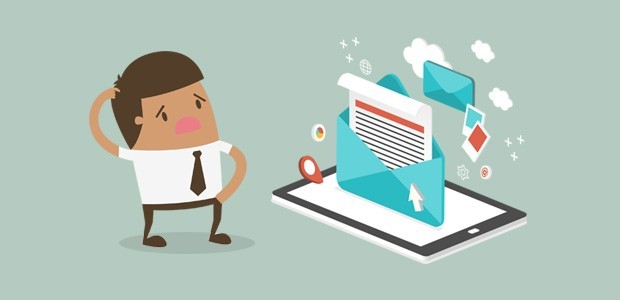
Too many people new to list building (and some who’ve been trying it for quite a while) don’t take the time to understand exactly what they’re doing.
They subscribe to an autoresponder, build a simple squeeze page and throw it up on their website in the hopes that visitors will sign up. Conversion rates (the number of people who do actually sign up) are usually very low – less than 1%.
And then, when they do get subscribers, they fire a constant stream of spam and promotions at those subscribers and wonder why no one every buys anything through their links.
If that rings a bell with you, it’s because you’ve been building your list the wrong way and not treating your subscribers with respect.
If you really plan on building a successful list – and a successful list doesn’t have to be a big list – here are some of the things you need to understand and keep in mind:
- How to create high converting squeeze pages (use a tool like Landing Page Monkey)
- How to creating relevant sales and pre-sales pitches
- Where to put optin forms on your page for best effect
- Whether or not to use pop-ups/unders, slide overs, or static opt-ins
- How to maximize your revenue through a quality Thank You page
- How to maximize your first sale from each subscriber
- How to set up a followup email sequence the right way
- Implementing the keys to building trust with your subscribers
- Knowing the best times and days to send out emails
- How to segment and properly manage your email lists
- The Value to Sales Ratio which I talked about above
- How and when to use Broadcast emails
- Building in scarcity to promotions and offering quality bonuses as incentives to buy
- …and so on
And that’s just to start with!
8. Be Successful at Email Marketing
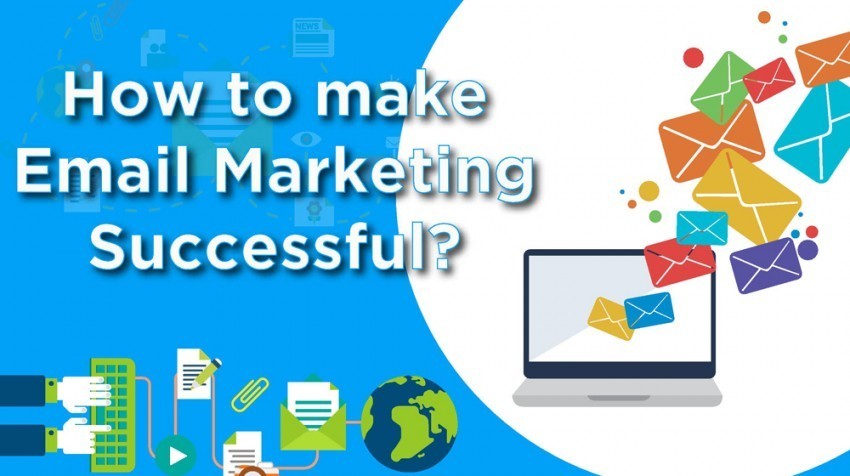
Understand your audience before you start thinking about building a list. Build a brand first so it’s something they can identify with. Then figure out where you’re going to drive traffic from.
If you can’t drive enough traffic, then there’s probably not a lot of point in investing the time and energy into building a list in that niche.
If all those factors get a green light, then you can start the list building process. Know what your subscribers want (do some research) and give it to them. They still have to hand over their email address to you to get that information. And try to make your subscribers feel like they’re part of an exclusive club. Make them feel a bit special and it will work wonders for you! 🙂
Those are some of the effective email marketing strategies for 2018 and beyond. Return to this site frequently for more information, advice and updates on email list building techniques and email marketing tips to use in your own online business.
If you have any questions or thoughts at all about the content of this post or email marketing in general, please take the time to leave a comment below…
Resources
How To Build A List of 1,000 People In The Next 30 Days – Sarah Staar is one of the UK’s most successful affiliate marketers. She relies heavily on email marketing for her business. In this free webinar she will show you how to get people to sign up to your email list (and how to do it for FREE!)
Buzzinar – people won’t sign up to your mailing list just because you slap a squeeze page in front of them. You need to give them an incentive to sign up such as a free report or ebook. This site creates those products for you so you’ll always have something to incentivize your visitors to subscribe. You have to see if you qualify to join.
The Internet Marketing Newsletter – a professionally produced magazine for the internet marketing niche that you can edit and send to your own list. You get this magazine in PDF, not editable format, if you subscribe to my mailing list.

All the best,
Gary Nugent
Check out my Instagram posts and reels here:
Follow me (@aiaffiliatesecrets) on Instagram
P.S.: Don't forget, if you want to create an internet income of your own, here's one of my recommended ways to do that:


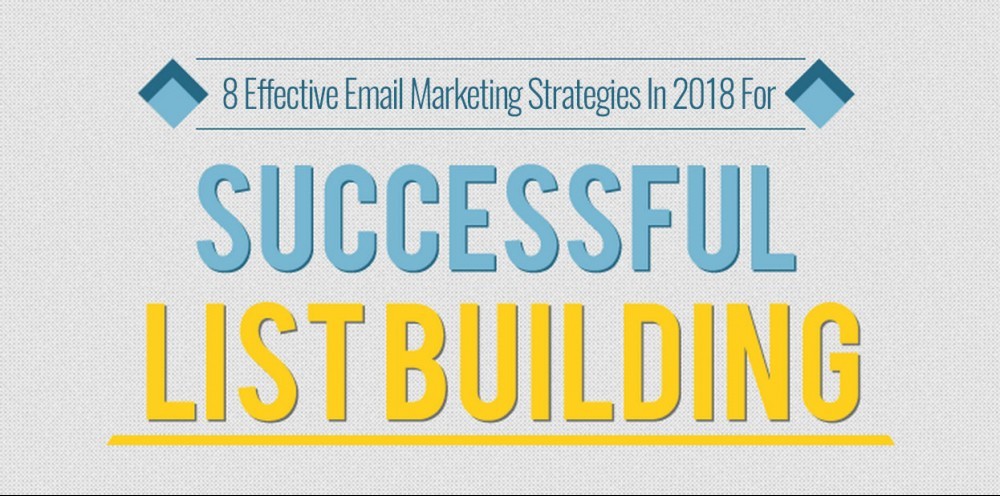
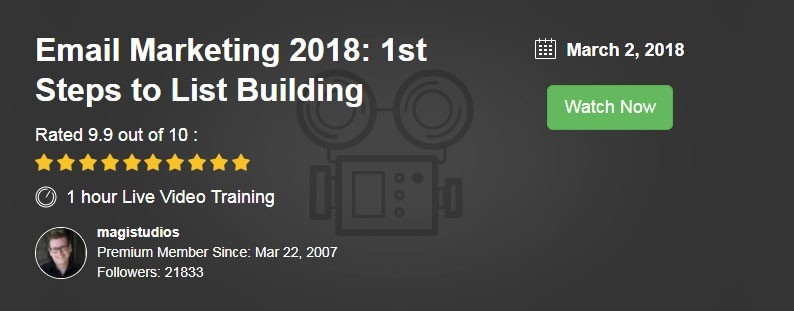
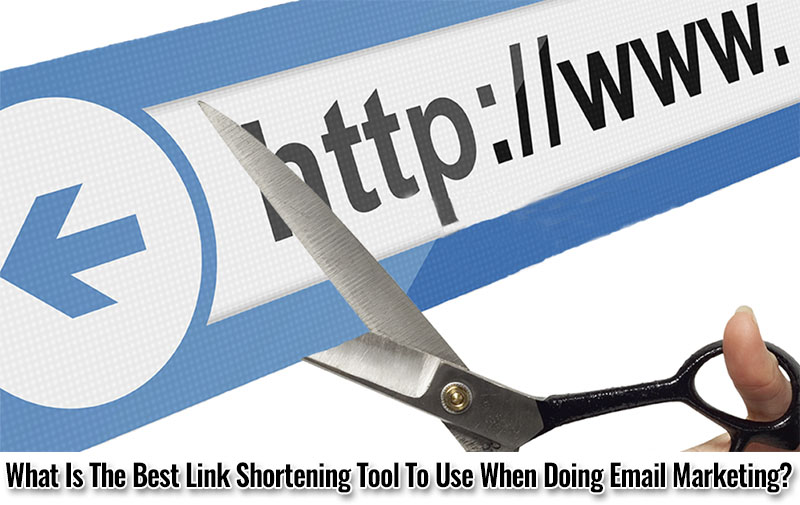
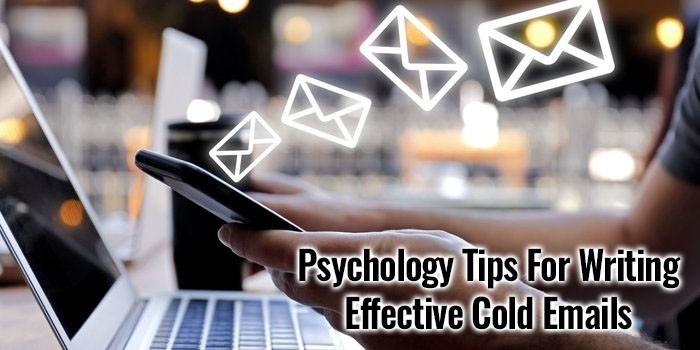
Wow, this is a lot of information. I think I am a little too new to mess with email lists right now. However, I will bookmark this page and come back soon. When do you think is the right time in starting up a affiliate marketing site, to start with the email lists and email marketing?
I would get a few posts on your website before starting with list building on the site, Curtis. You want your visitors to see that the site is being worked on an built out rather than being a flytrap for passing visitors. It’s a trust issue. But I would recommend starting to build your list sooner rather than later. You can always use your list to drive your subscribers back to your blog (your subscribers may have missed some of your posts).
On the other hand, you can create lead capture pages (squeeze pages) and put them on their own domain without needing a whole blog on the back end. Many marketers follow this approach as they don’t want to put the time into building blogs.